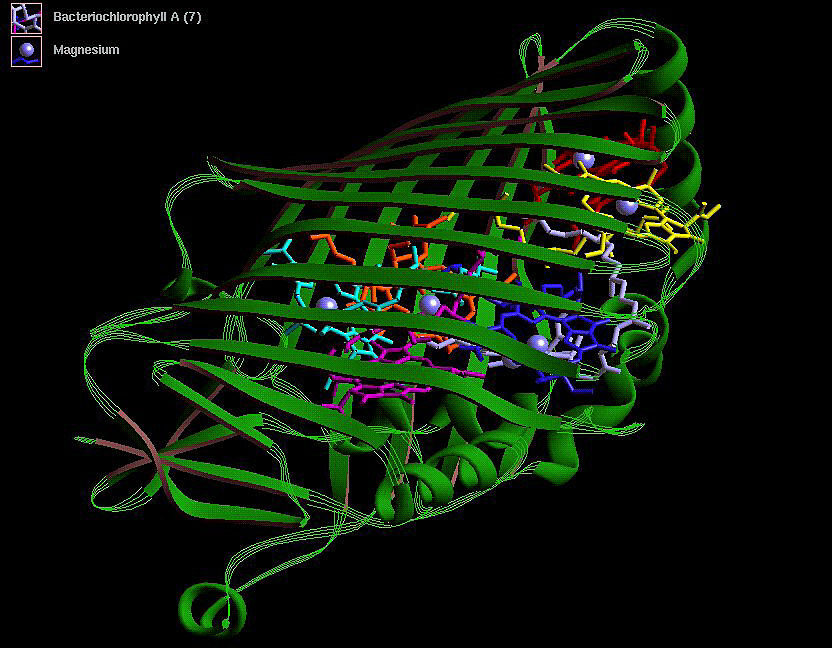On Thursday, a team of researchers led by Microsoft announced that they had discovered, and possibly patched, what they’re terming a biological zero-day—an unrecognized security hole in a system that protects us from biological threats. The system at risk screens purchases of DNA sequences to determine when someone’s ordering DNA that encodes a toxin or dangerous virus. But, the researchers argue, it has become increasingly vulnerable to missing a new threat: AI-designed toxins.
How big of a threat is this? To understand, you have to know a bit more about both existing biosurveillance programs and the capabilities of AI-designed proteins.
Catching the bad ones
Biological threats come in a variety of forms. Some are pathogens, such as viruses and bacteria. Others are protein-based toxins, like the ricin that was sent to the White House in 2003. Still others are chemical toxins that are produced through enzymatic reactions, like the molecules associated with red tide. All of them get their start through the same fundamental biological process: DNA is transcribed into RNA, which is then used to make proteins.
For several decades now, starting the process has been as easy as ordering the needed DNA sequence online from any of a number of companies, which will synthesize a requested sequence and ship it out. Recognizing the potential threat here, governments and industry have worked together to add a screening step to every order: the DNA sequence is scanned for its ability to encode parts of proteins or viruses considered threats. Any positives are then flagged for human intervention to evaluate whether they or the people ordering them truly represent a danger.
Both the list of proteins and the sophistication of the scanning have been continually updated in response to research progress over the years. For example, initial screening was done based on similarity to target DNA sequences. But there are many DNA sequences that can encode the same protein, so the screening algorithms have been adjusted accordingly, recognizing all the DNA variants that pose an identical threat.

